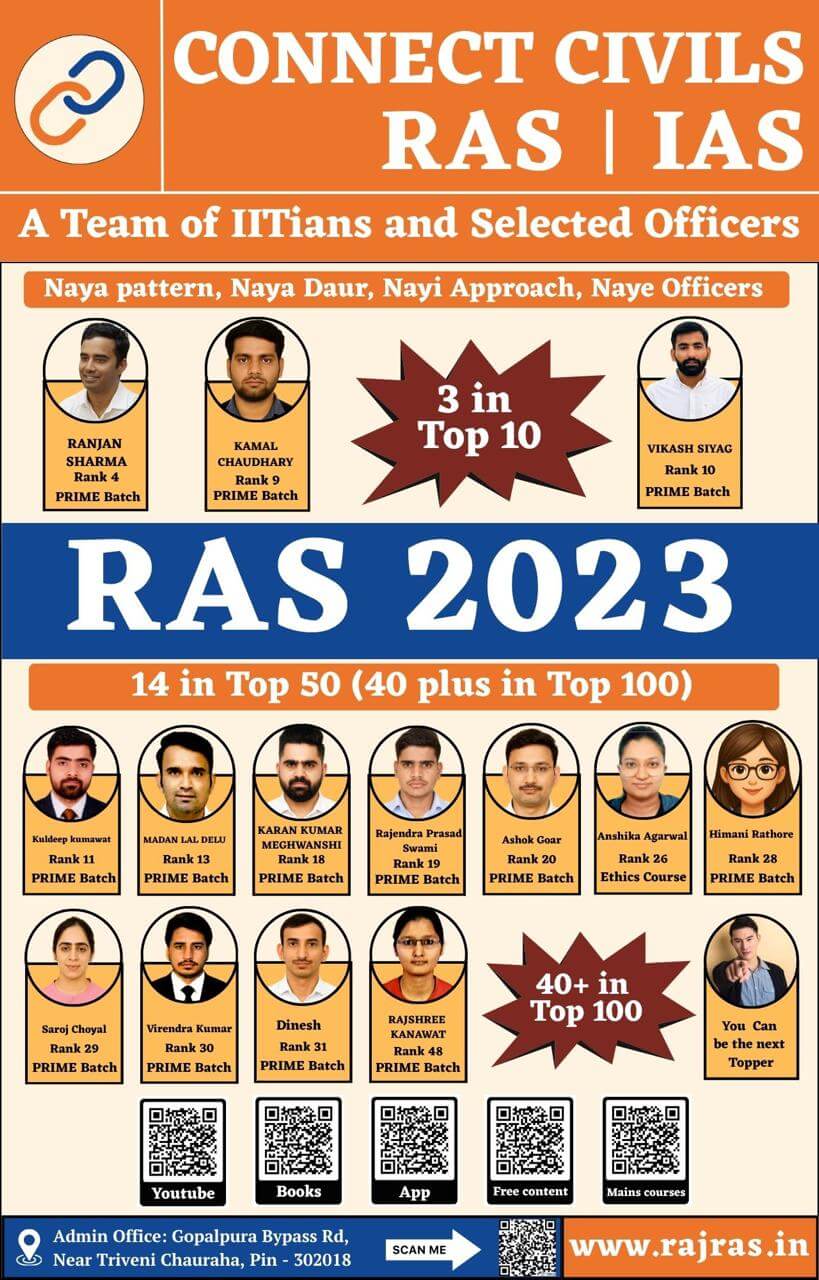Rajasthan’s only terrestrial Meteorite Impact Crater (MIC) located at Ramgarh, in Baran district has been recently recognized by the Meteoritical Society, the US-based world body for meteorites. Ramgarh Crater, along with nine other sites were added as confirmed meteorite impact craters to the global list, which now stands at 200.
What is a meteorite ?
A meteorite is the term given to a piece of a comet or asteroid that falls into the Earth’s atmosphere and survives to hit the surface.
What is Meteorite Impact Crater (MIC) ?
A Meteorite Impact Crater (MIC) is formed when an object like a meteorite crashes into the surface of the earth.
Impact Craters in India
There are 4 impact craters in India:
- Lonar Crater in Buldhana District of Maharashtra (Recognised)
- Dhala Crater in Shivpuri district of Madhya Pradesh (Recognised)
- Shiva Crater near Mumbai, Maharashtra
- Ramgarh Crater, in Baran, Rajasthan (Now, Recognised)
In June 2020, ‘meteorite’-like object fell from the sky in Sanchore town of Rajasthan’s Jalore district creating a 2-3 feet deep crater. It weighed around 2.8 kg.
Interesting NEWS
Ramgarh Crater in Baran, Rajasthan
Ramgarh Crater is also known as Ramgarh structure, Ramgarh Dome and Ramgarh astrobleme. It is located in Ramgarh village in Mangrol tehsil of Baran district in Rajasthan, India. The crater was first discovered by the Geological Survey of India in 1869. In 1869, crater was first visited by geologist Frederick Richard Mallet of GSI and later Rai Bahadur Kishan Singh Rawat (1850-1921), first mapped it on a small scale (1 : 63,360).
As per expert member of the Geo Heritage India group Prof Pushpendra Singh Ranawat of Indian National Trust for Art and Cultural Heritage (INTACH), Udaipur chapter “It has now been concluded that the 200m-high, 4km diameter ring structure of hills in Baran district is result of collapse of the dome that had formed as a central uplift due to the impact. The complex meteorite impact crater has 10-km diameter, making it slightly smaller than the 11-km Dhala (MP) MIC, but larger than the 1.8-km Lonar (Maharashtra) MIC“.
He further informed that the moderately oblique (45°–30°) impact occurred into a shallow water regime on the horizontally lying upper Vindhyan, 1,000-1,070 million years old, sedimentary rocks. The impact possibly occurred during upper-middle Jurassic, some 165 million years ago.
Recent Recognitions
In 2016, the Geological Survey of India accepted two major sites, one at Ramgarh Meteorite Impact Crater (Bara) and Zawar (Udaipur) as geo-heritage sites in Rajasthan. (ref)
In 2020, Ramgarh Crater has been recognised as India’s third and Rajasthan’s only terrestrial Meteorite Impact Crater (MIC).
In its official journal, ‘Meteoritics & Planetary Science’, renowned experts T Kenkmann of Germany and others published a 26-page detailed paper based on the latest remote sensing techniques, detailed field and laboratory studies, describing the various salient features of this natural heritage site.
Way-Ahead
The recognition is expected to give a major boost to the geo-heritage site as it had been lying neglected for decades without any mention in the brochures and booklets of the state’s tourism department.
There is a 10th century Shiv temple built in the style of the Khajuraho Group of Monuments located near the centre of the crater. Kuno National Park is 50-60 km away from the site. Consequently, Ramgarh has the potential of being a UNESCO Geopark because of the associated educational, cultural and biotic heritage.


